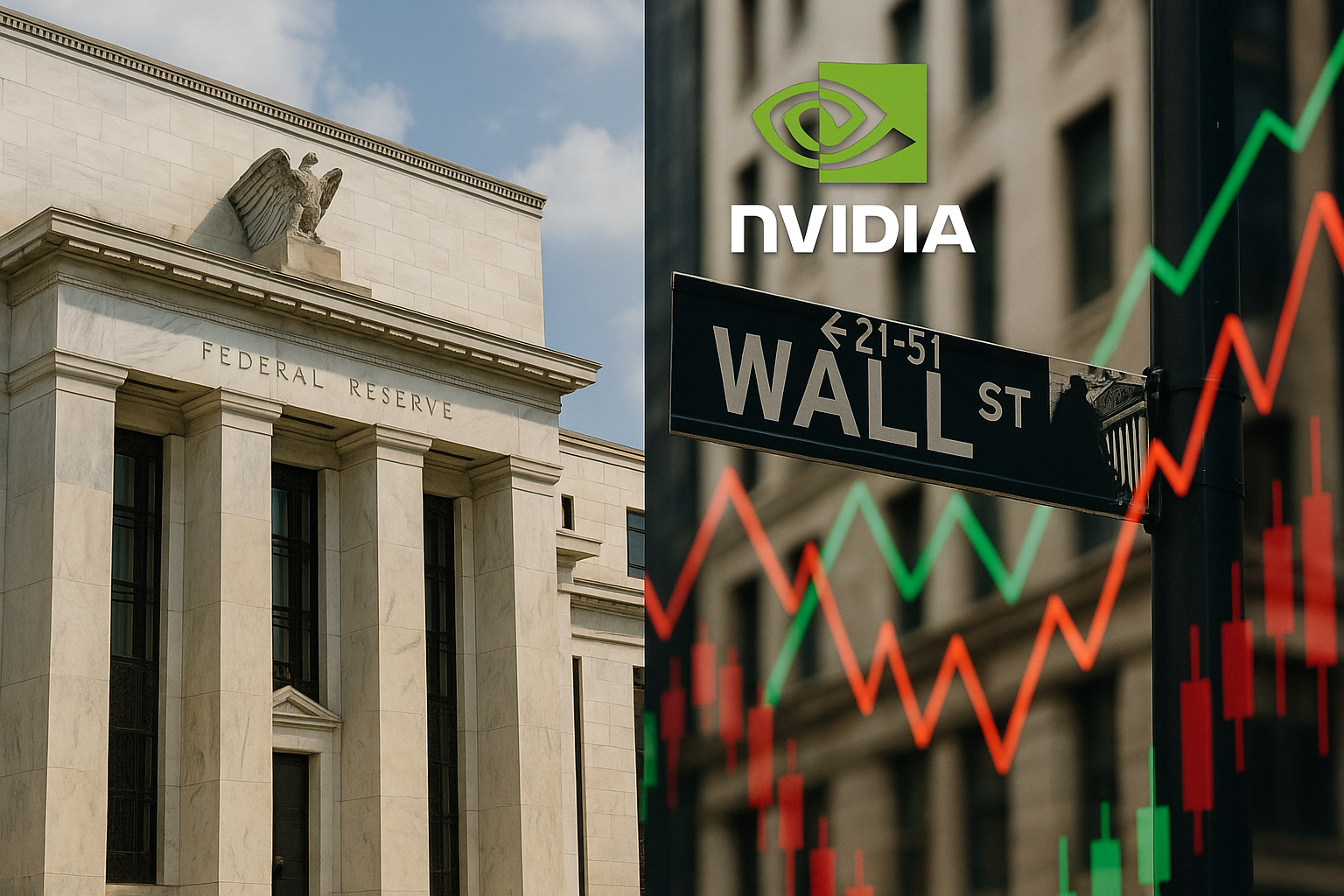The stock market slipped midweek as investors weighed fresh comments from Federal Reserve officials. The S&P 500 and Dow Jones each lost over 0.3%, while the Nasdaq dropped 0.5%. Earlier gains quickly reversed as traders turned cautious. The divide among Fed policymakers is fueling doubts about the timing and size of rate cuts. Chair Jerome Powell stressed caution but left the door open to more easing later this year. Markets now await the release of the Personal Consumption Expenditures index, the Fed’s preferred inflation gauge. Stronger-than-expected data could reduce the likelihood of swift cuts. At the same time, Powell’s remark that stocks look “fairly highly valued” added pressure to equities. For investors, Fed uncertainty is likely to remain the key driver of stock market sentiment over the coming weeks.
Alibaba Bets Big on AI and Stocks Surge
Alibaba has become a focal point in global markets after its stock soared nearly 10% this week. CEO Eddie Wu announced that the company will raise its AI spending beyond the original $50 billion commitment. He underscored that worldwide AI investment could reach $4 trillion in five years, and Alibaba must match that pace. Investors welcomed the bold plan, especially as Alibaba works to cement its position as a leading AI and cloud provider. The company also struck a deal with NVIDIA to integrate its AI software tools for robotics and self-driving cars. The partnership strengthens Alibaba’s access to advanced technology while also signaling a broader ambition to compete with U.S. Big Tech firms. With cloud revenue up 26% year over year and new data center expansions planned in Europe and Brazil, Alibaba is aligning AI and cloud as its twin growth engines. The rally shows how stocks tied to AI momentum can defy broader market weakness.
NVIDIA and the Expanding AI Race
NVIDIA remains a central figure in the AI trade. Its chips power much of the infrastructure behind artificial intelligence models and applications. While Micron’s recent earnings highlighted strong demand for AI-related semiconductors, its stock fell, reflecting the sector’s volatility. NVIDIA, by contrast, continues to attract global partners. The new collaboration with Alibaba underscores its importance, even as U.S.-China tensions complicate access to advanced chips. Beijing has been pushing domestic firms to develop homegrown AI processors, but NVIDIA’s tools remain unmatched in performance. As AI spending escalates, stocks like NVIDIA are positioned to benefit from both U.S. and international growth. The company’s role at the intersection of hardware and software keeps it at the core of the stock market conversation on technology.
Stock Market Eyes Geopolitics and Defense Stocks
Geopolitical developments also shaped the stock market this week. Defense stocks rallied worldwide after U.S. President Donald Trump signaled that Ukraine could reclaim territory occupied by Russia. European names like Leonardo, Saab, and Hensoldt climbed strongly, while U.S. firms Lockheed Martin and Northrop Grumman also traded higher. Investors read Trump’s remarks as a sign of firmer U.S. support for NATO and European security. In Asia, South Korean defense companies joined the rally, reflecting broad optimism across the sector. While defense stocks are not directly tied to AI or tech, the rally highlighted how geopolitical shifts can quickly influence investor behavior. With tensions still high, defense equities may continue to act as a hedge in uncertain times.
Balancing AI Optimism with FED Risks
The stock market is caught between two powerful forces: optimism over AI-driven growth and caution over Fed policy. On one side, companies like Alibaba and NVIDIA are fueling excitement with massive investments and groundbreaking partnerships. Their moves show that AI is no longer just a buzzword—it is becoming the backbone of corporate strategy. On the other side, the Fed’s cautious stance is capping broader market momentum. Inflation data and policy debates will decide whether stocks can sustain rallies in the coming months. For now, the push and pull between Fed uncertainty and AI-driven optimism define the stock market’s path. Investors must stay alert, balancing long-term opportunities in AI with near-term risks from monetary policy.
